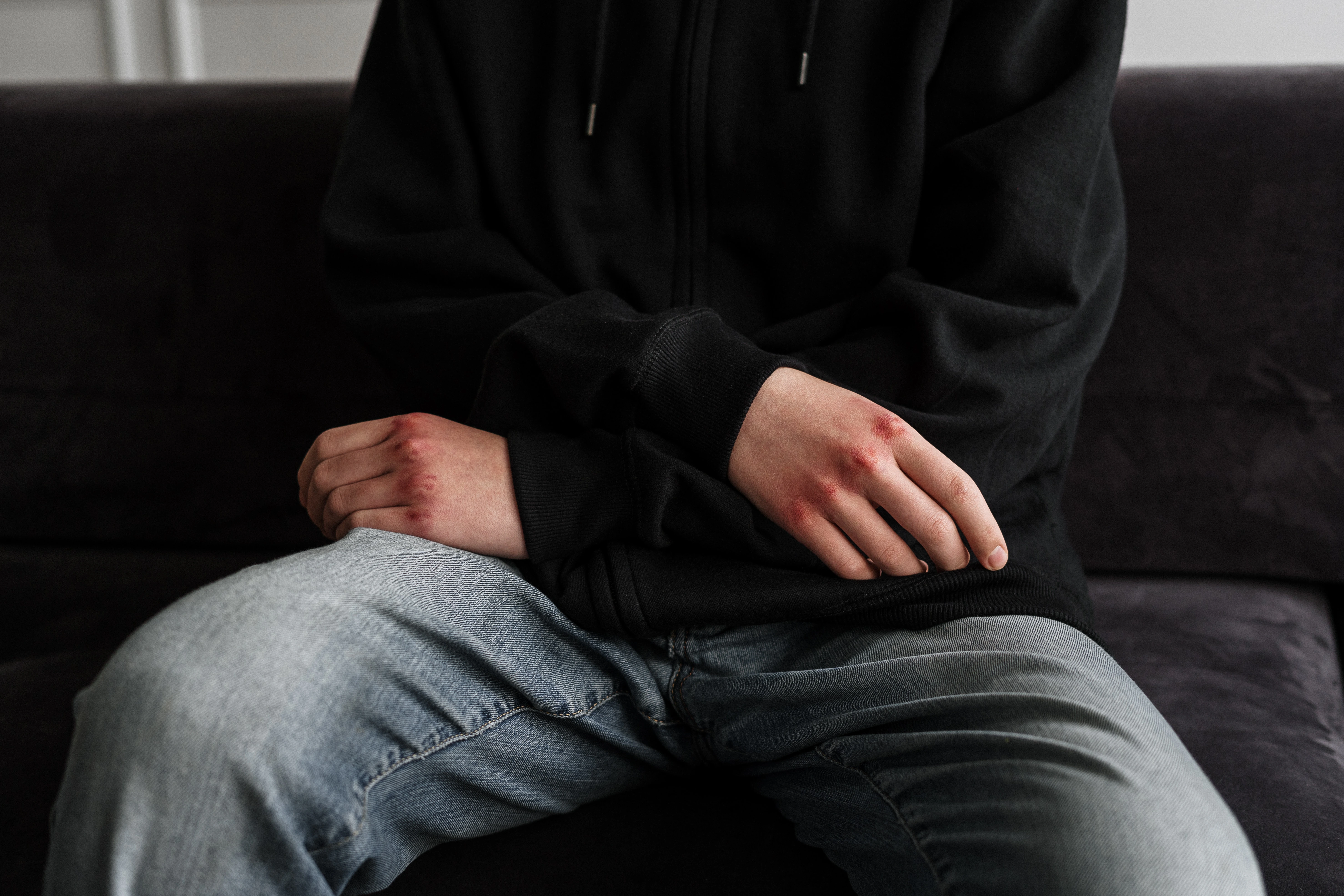For a long time, the effects of trauma on the human body were not well understood. Victims had no idea what a traumatic experience was or where it had come from. Dr. Bessel Van der Kolk helped us identify the meaning of trauma and its effects on the human body by studying its effects on veterans. He sought therapy using a procedural method. Based on Dr. Bessel Van der Kolk’s findings, this study discusses the meaning of trauma and what happens to the body during traumatic experiences.
According to Dr. Kolk, Trauma is an ultimate reorganization of how the brain and mind cope with perceptions. It alters what we reflect and how we reflect about, and our very capacity to reflect (Van der Kolk 30). In “Lessons from Vietnam Veterans” from Dr. Bessel’s book, under a traumatic experience, the body becomes agitated. This is evident when Tom bursts into Dr Kolk’s office with a print of a Warrior magazine beneath his arm, he is agitated, and the doctor does not know how to help him at first sight (Van der Kolk 16-17). In the past, Tom had predicted that the celebration in his sister’s garden, complete with loud music, firework displays, and an early-summer picnic, would send him into a tizzy. His wife and two small sons were scared of him when he became enraged. He acted like a monster around them. As a result of his children’s constant commotion, he often found himself storming out of the home to avoid injuring them.
Traumatic experiences bring about nightmares. This is evident in Dr Bessel’s book, where whenever Tom tried to sleep, he’d wake up with dreams of an attack in a rice field back in Vietnam, during which his unit had been ambushed, and all but one of them had died or been injured. He also had horrible recollections of seeing dead Vietnamese children in the past. Because of the terrifying dreams, he hated going to bed and instead remained drinking till the wee hours of the morning (Van der Kolk 17). The doctor had previously worked in a laboratory environment as a medical student, where he had observed people’s sleep/dream cycles and helped write publications regarding nightmares. Aside from that, he’d been involved in early studies into the therapeutic benefits of psychoactive medications. His prescription was for a medicine that has been shown to reduce the frequency and intensity of nightmares.
During a traumatic event, one becomes filled with anger. According to Dr Bessel, it is evident when Tom narrates about his father and Uncle Tom’s father never started talking about his time in the military, but he was prone to fits of rage that would leave Tom speechless as a child. Every morning, while most of the household was still asleep, he heard his father silently make his way downstairs to meditate and read the Bible (Van der Kolk 18). How could this man have such a frightening temper? Where did all this rage come from for someone whose entire life had been dedicated to fighting for social justice? His father’s brother, apprehended by the Japanese in Holland and brought to Burma as a slave worker on the infamous bridge over river Kwai, displayed the same perplexing behavior. He didn’t talk much about the war, and it was usually out of control rages when he did.
According to Dr. Bessel, trauma brings about fear and confusion. This is elaborated by how we see the doctor talk about his mother and Tom’s state of confusion. On some level, I think the doctor is haunted by memories of his terrified mother, who was repeatedly referred to and, I suppose, reenacted her childhood trauma. As soon as the doctor enquired about her childhood, she’d swoon and then blame it on him for making her emotional, which was a frightening tendency (Van der Kolk 18). Tom sat down with the doctor and spoke up about his fears and confusion. For him, this meant becoming his father’s son. He was usually irate and seldom spoke to his children except to make disparaging comparisons between them and his fallen friends from the Battle of the Bulge around Christmas 1944. Traumatized individuals often find it difficult to face their guilt about how they acted throughout the horrific event.
Dr. Kolk supports that traumatic events can result in one having hallucination experiences. This is witnessed when patients reported hallucinations to their doctors; the doctors noticed that it was a sign of how disturbed they were (Van der Kolk 37). In that case, could their “hallucinations” be nothing more than a jumbled recollection of their natural life experiences? Were hallucinations nothing more than the product of a sick mind’s imagination? Is it possible for people to invent physical sensations they’ve never had? The difference between creative thinking and pathological thinking used to be crystal clear.
Conclusively, both our destructive and healing abilities are inextricably linked. To regain your sense of well-being, we must first repair your connections and reconnect with your community. Involuntary processes of the brain and body, such as moving, touching, and breathing, may be regulated by fundamental activities like these. We can also adjust social circumstances to provide safe settings for children and adults to grow and keep off traumatic experiences.
Work Cited
Van der Kolk, Bessel. The body Keeps the Score, New York, Penguin Publishing Group, 2014, pp. 7-38.








